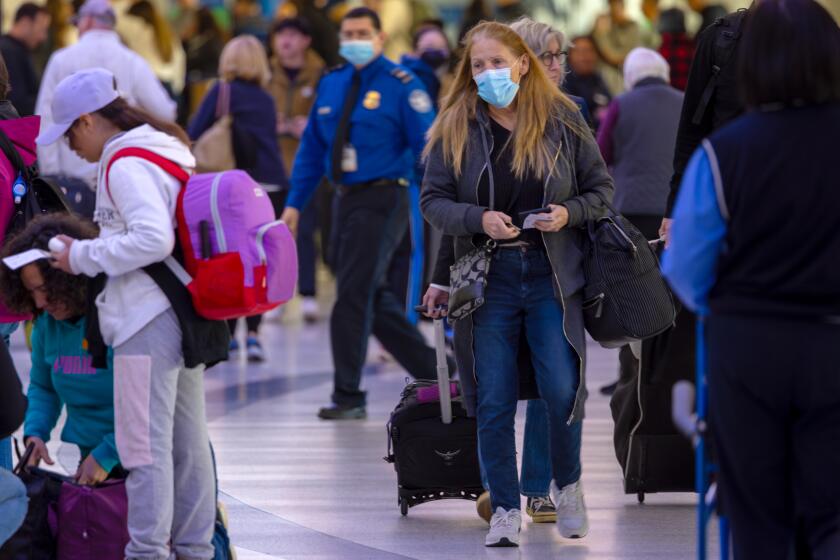California is bracing for an earlier-than-usual start to the summer COVID-19 season as coronavirus concentrations in sewage and the statewide positive-test rate are on the rise. The emergence of the FLiRT subvariants, including KP.2, KP.3, and KP.1.1, which now account for a significant portion of infections nationwide, has led to a shift in the virus landscape.

Concerns Over Economic Reopening
Despite earlier hopes of reduced COVID-19 circulation this spring, California state health officials have noted stable or slowly increasing spread since early May. Wastewater data indicates rising COVID-19 concentrations across several regions, paralleled by a rise in test positivity rates since late April, underscoring the challenge ahead for the state.
Medical Community Observations and Recommendations
Infectious disease doctors across Southern California and the San Francisco Bay Area have reported a slight uptick in COVID-19 cases, particularly among outpatient cases at hospitals like Kaiser Permanente. Dr. Elizabeth Hudson from Kaiser Permanente Southern California highlighted concerns about the FLiRT variants potentially overcoming prior immunity, emphasizing the need for updated vaccinations.
Dr. Peter Chin-Hong from UC San Francisco noted an increase in COVID-caused pneumonia cases and emphasized the importance of updated vaccinations, especially for older individuals who may be at higher risk of severe complications. Both doctors recommended vigilance and proactive measures, including daily testing and vaccination, to mitigate the risk of infection and severe illness.
Vaccination and Precautionary Measures
California’s vaccination efforts remain crucial as the state prepares for the summer travel season amid rising COVID-19 levels. Currently, only 36% of seniors aged 65 and older have received the updated COVID-19 vaccine, despite recommendations from the CDC. Health officials urge older individuals and those at higher risk to get vaccinated to reduce the risk of hospitalization and severe illness.

As California navigates these early signs of increased COVID-19 circulation, health authorities stress the importance of continued vigilance, testing, and adherence to preventive measures like wearing masks, particularly in crowded settings. With the pandemic’s ongoing impact, public health remains a priority as the state aims to manage and mitigate the effects of COVID-19 heading into the summer months.
